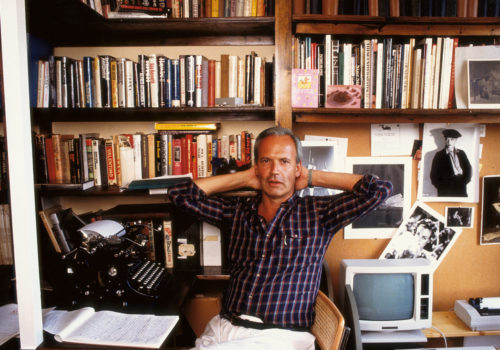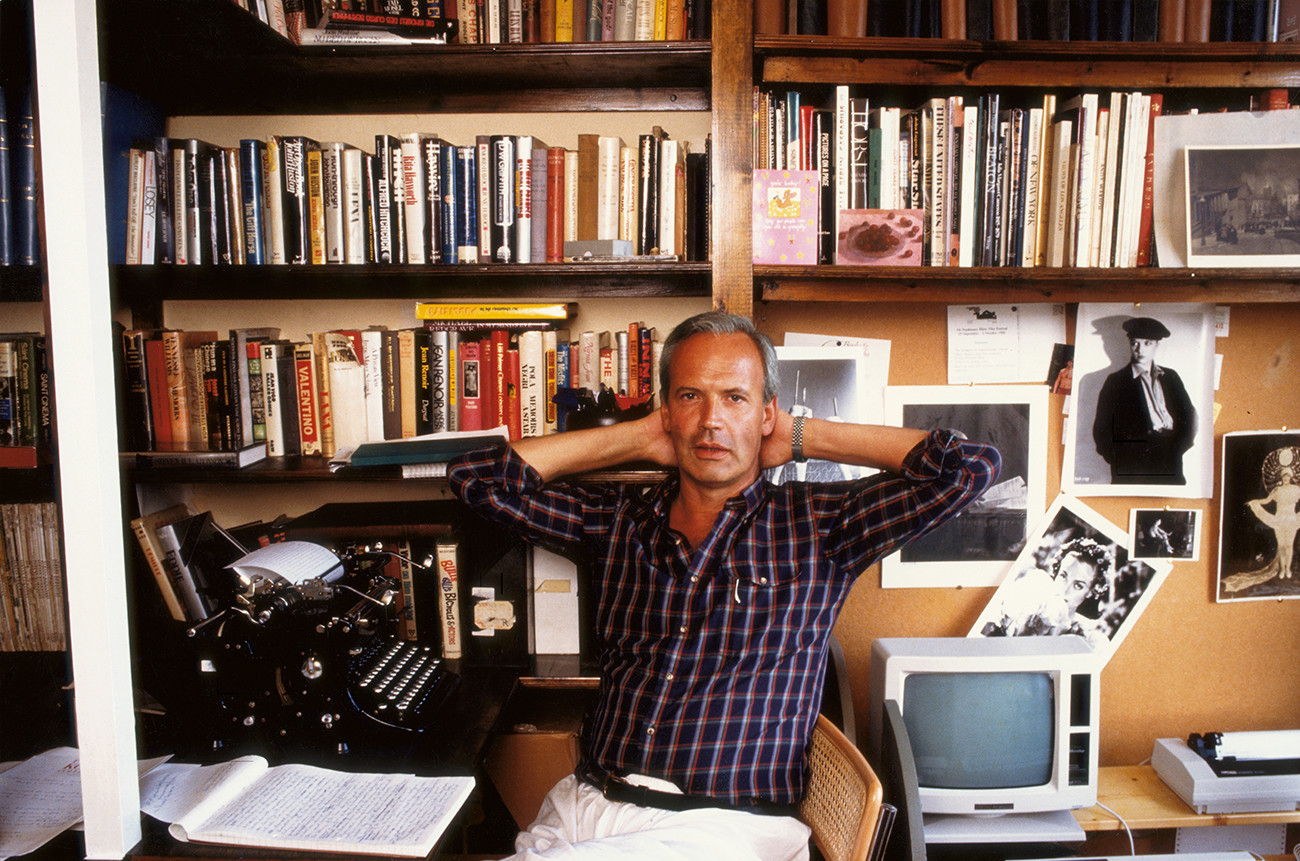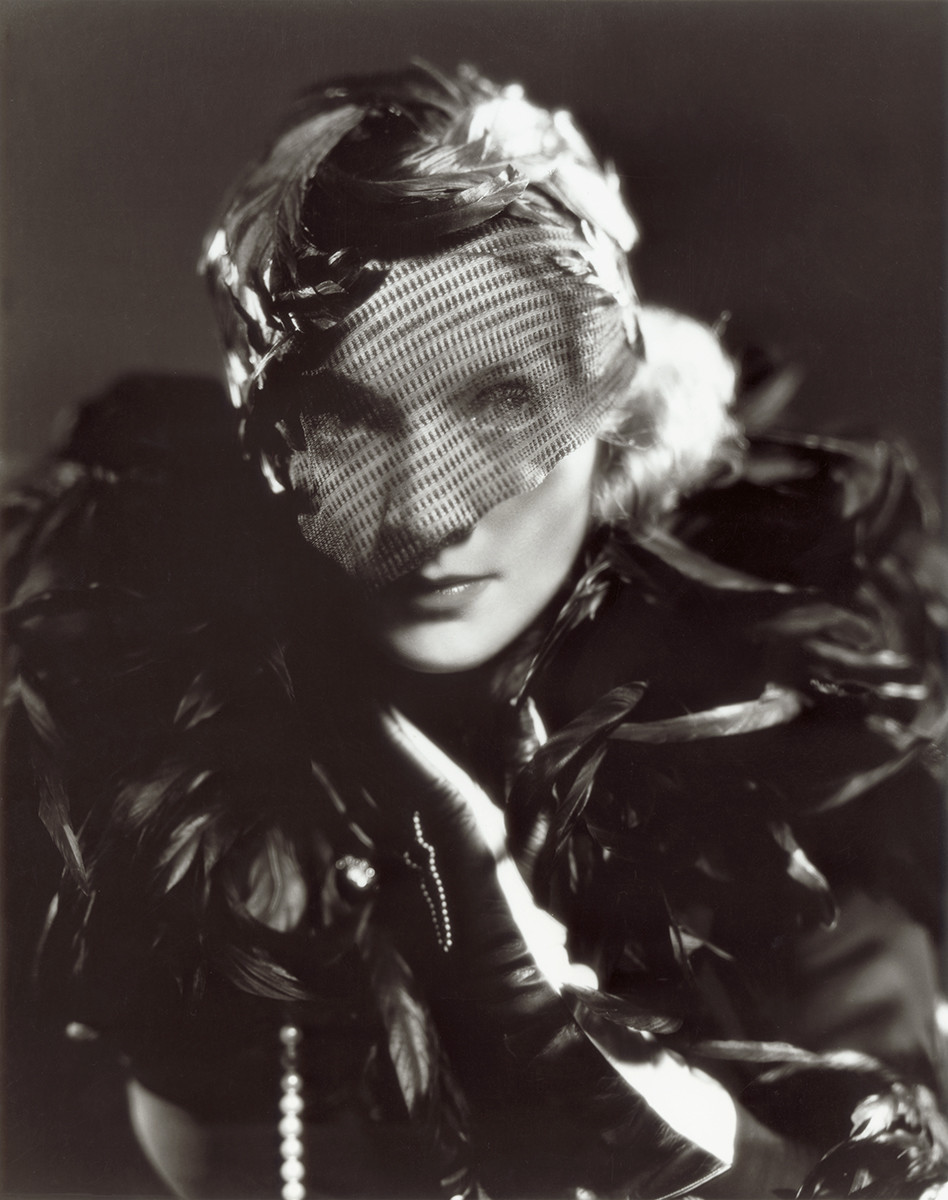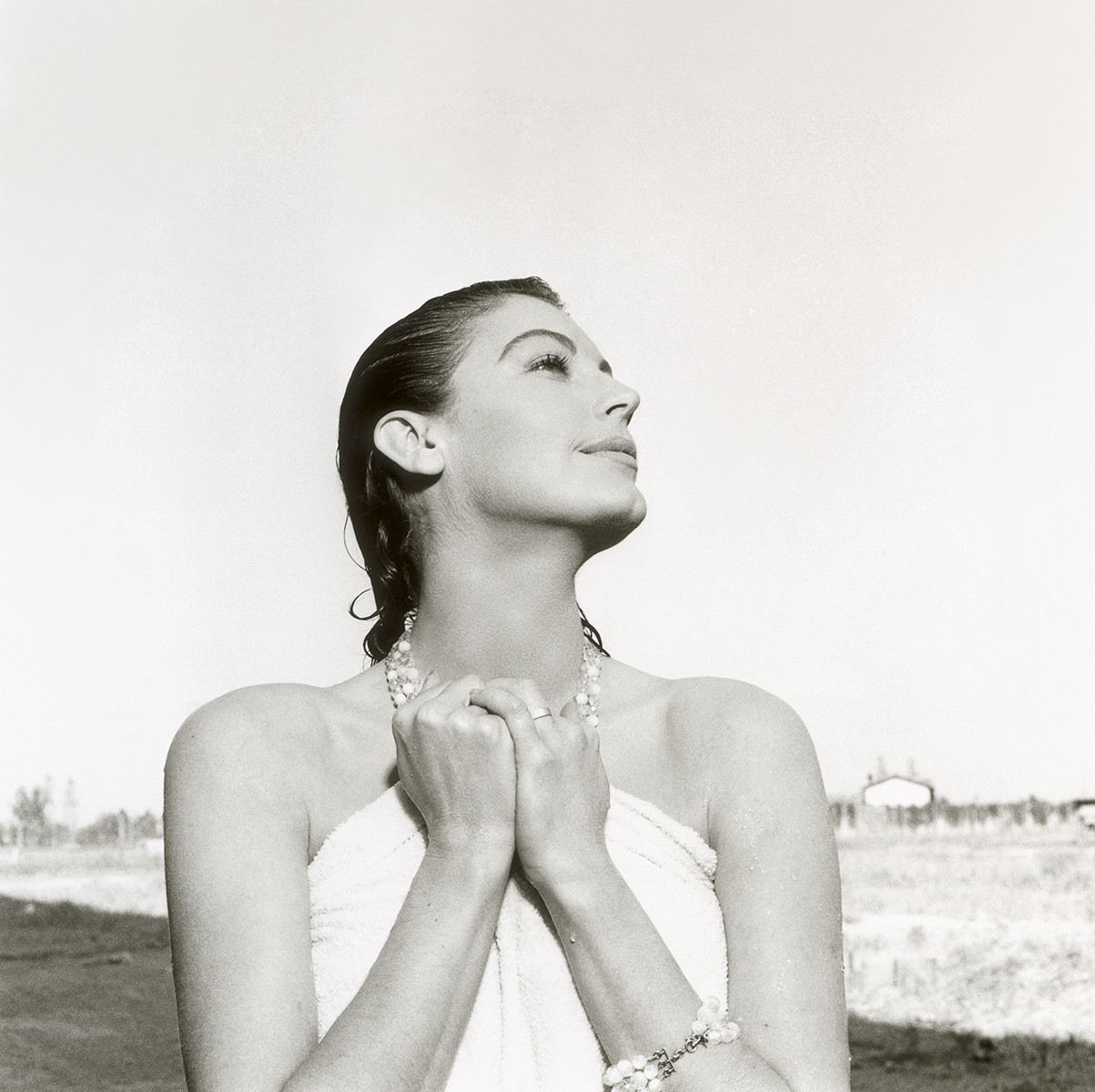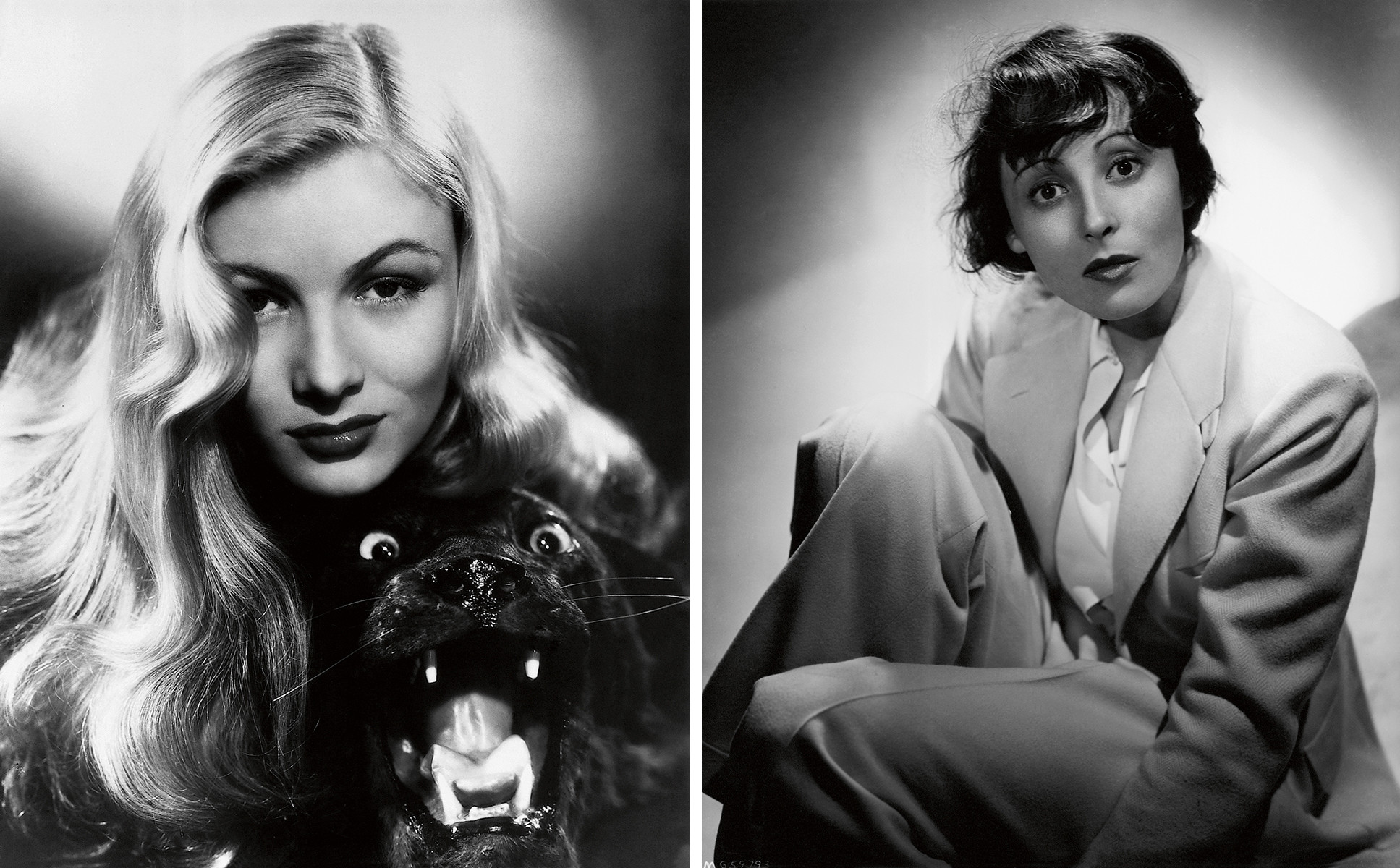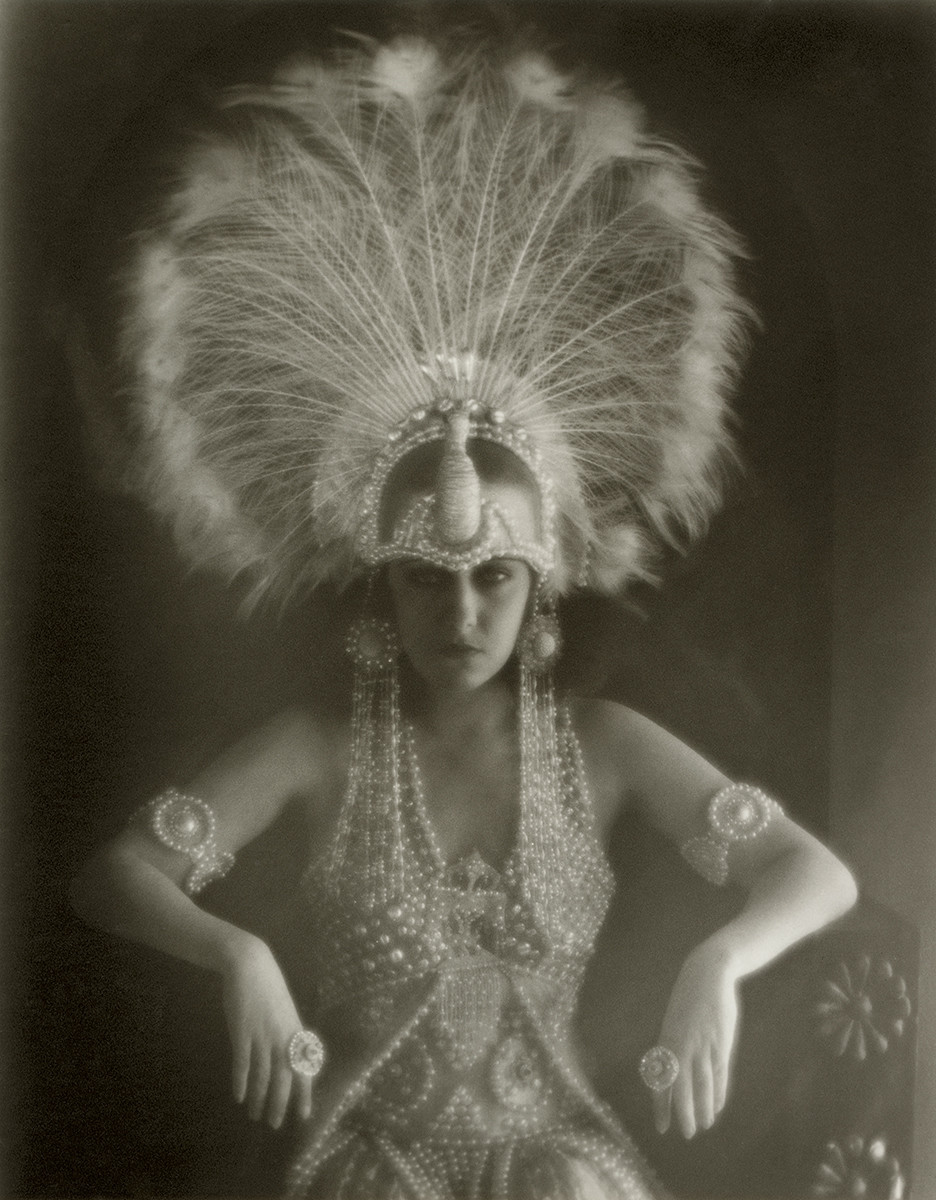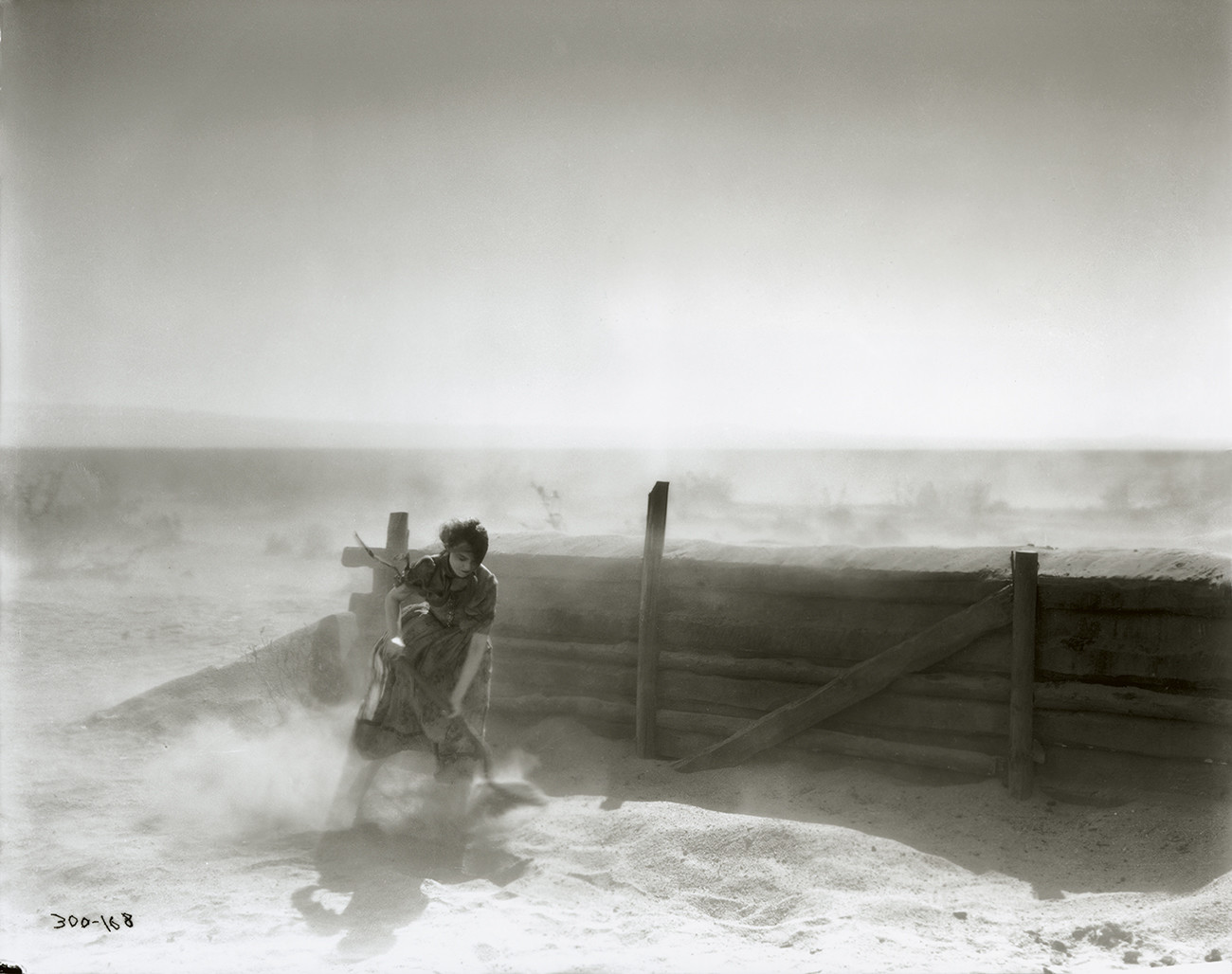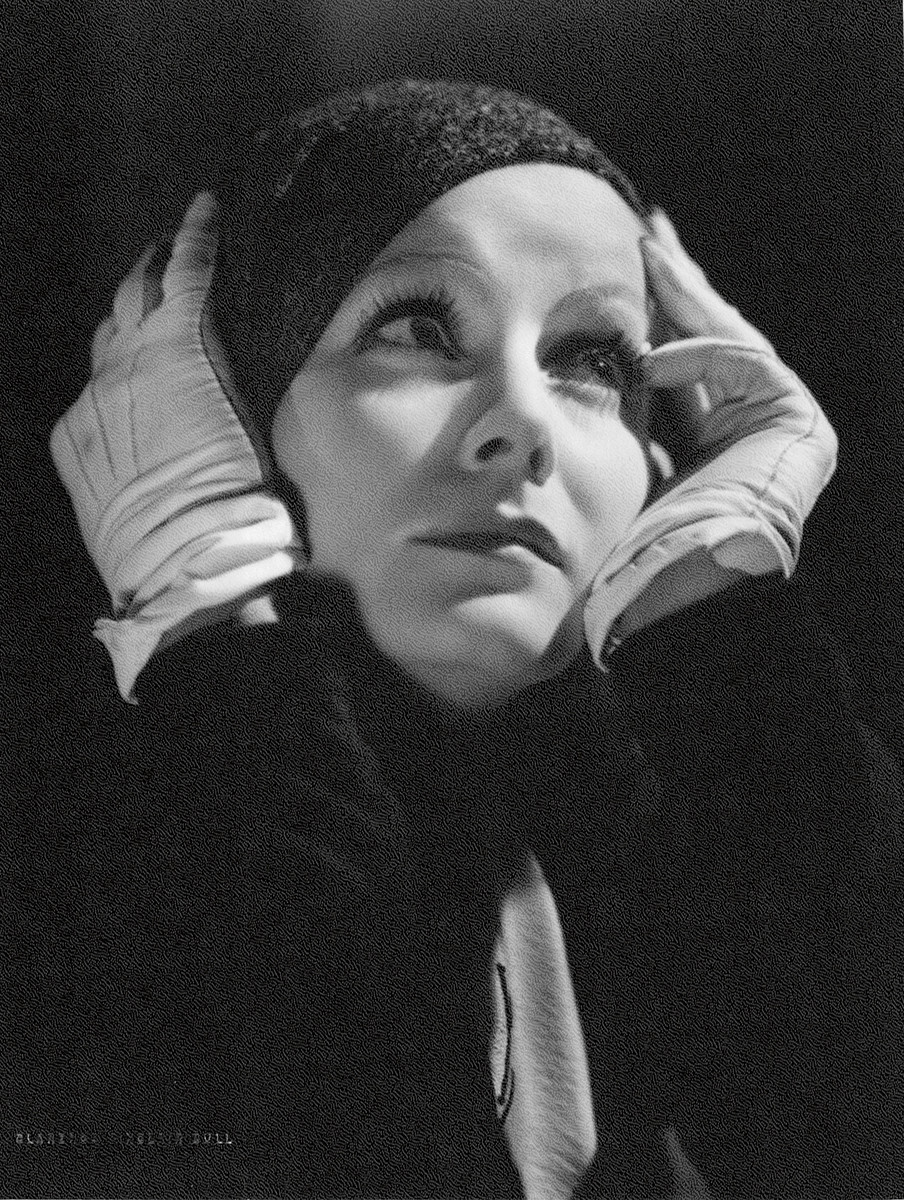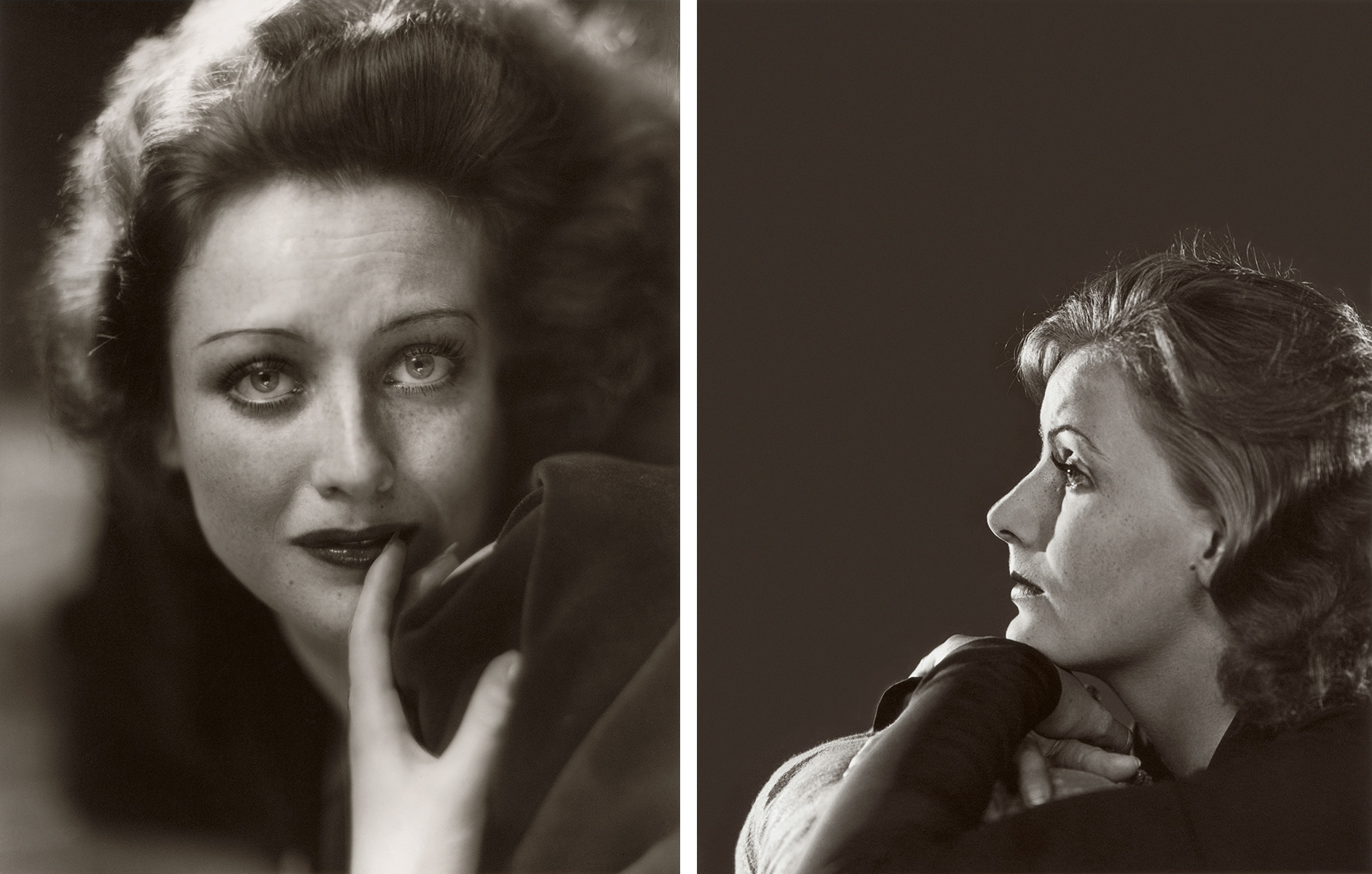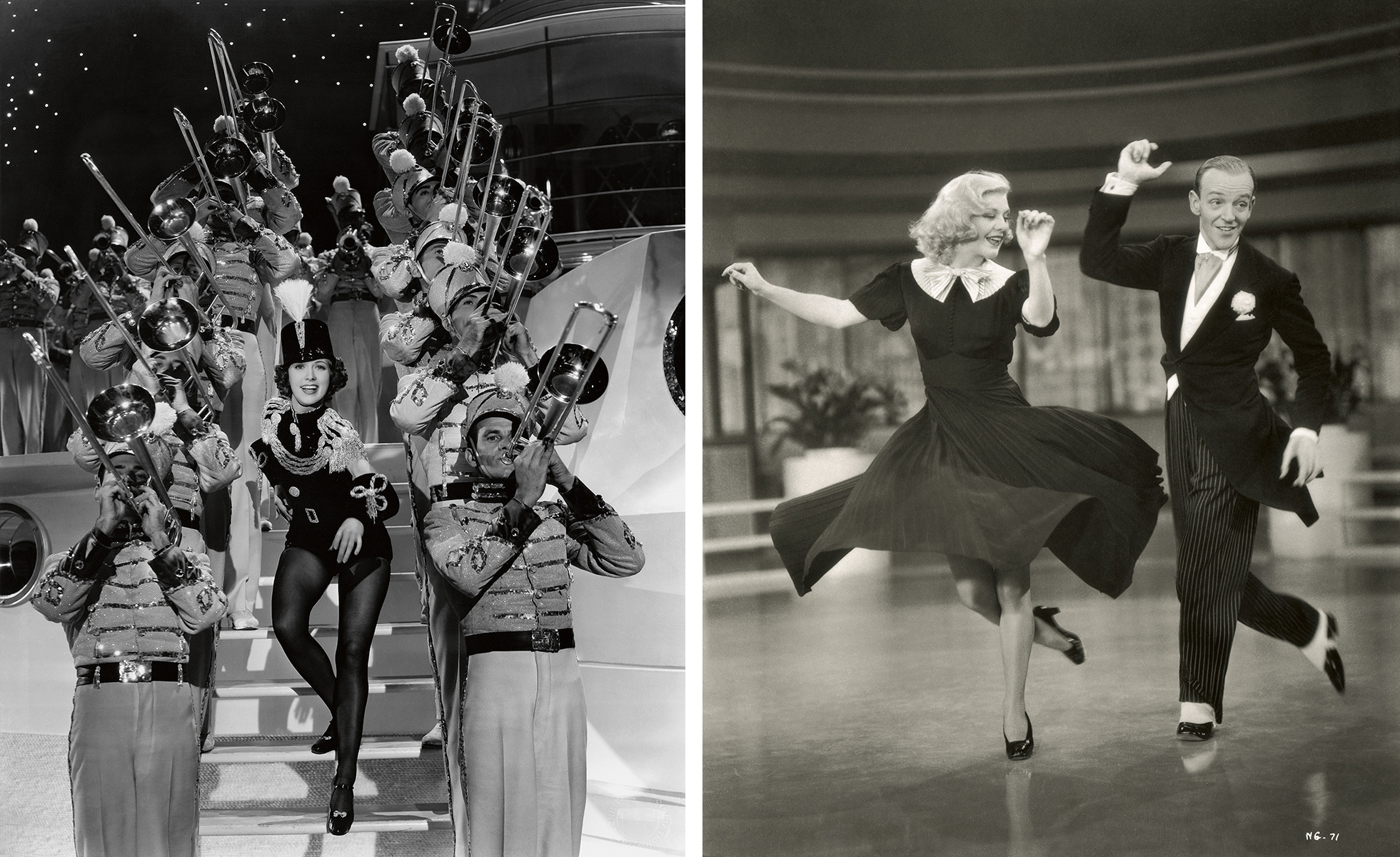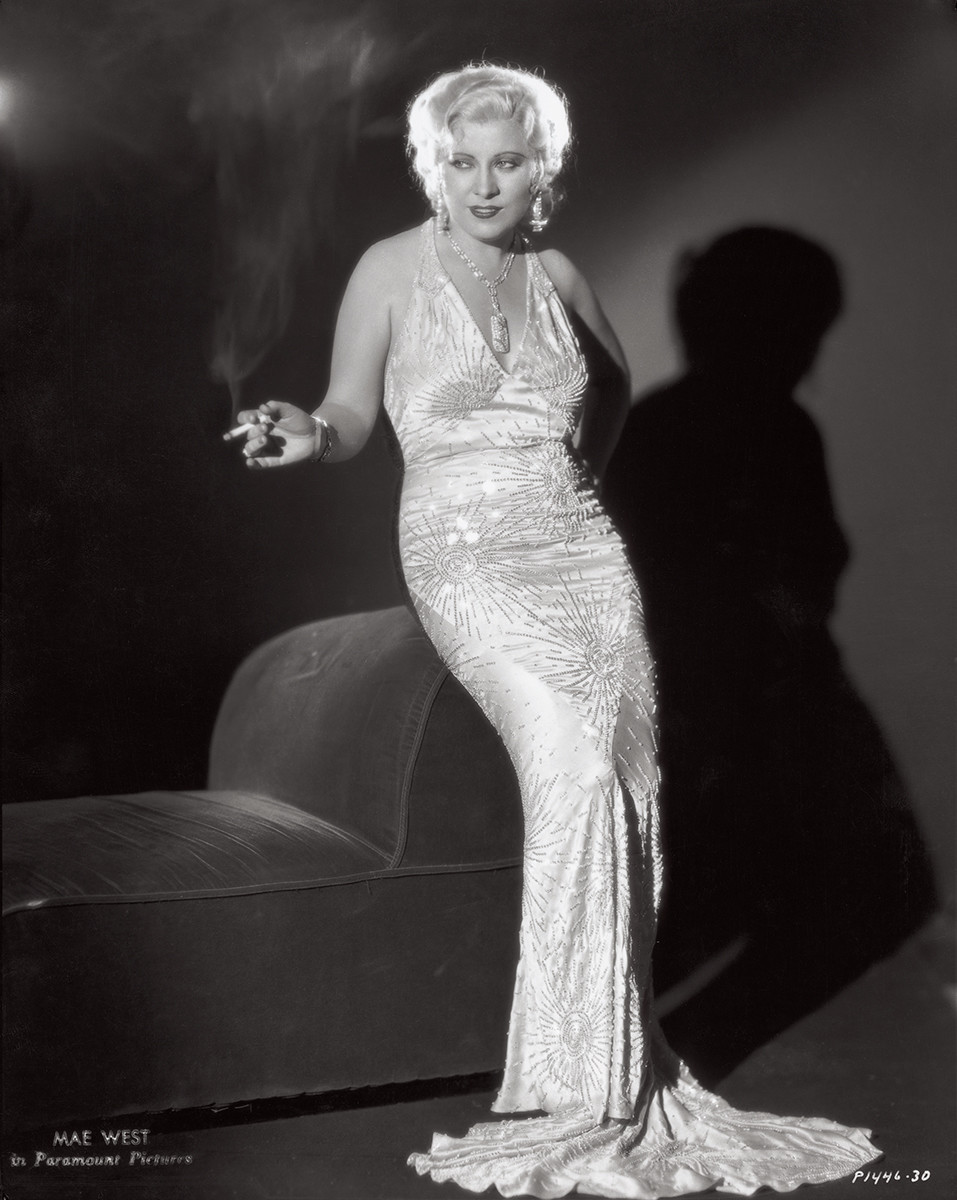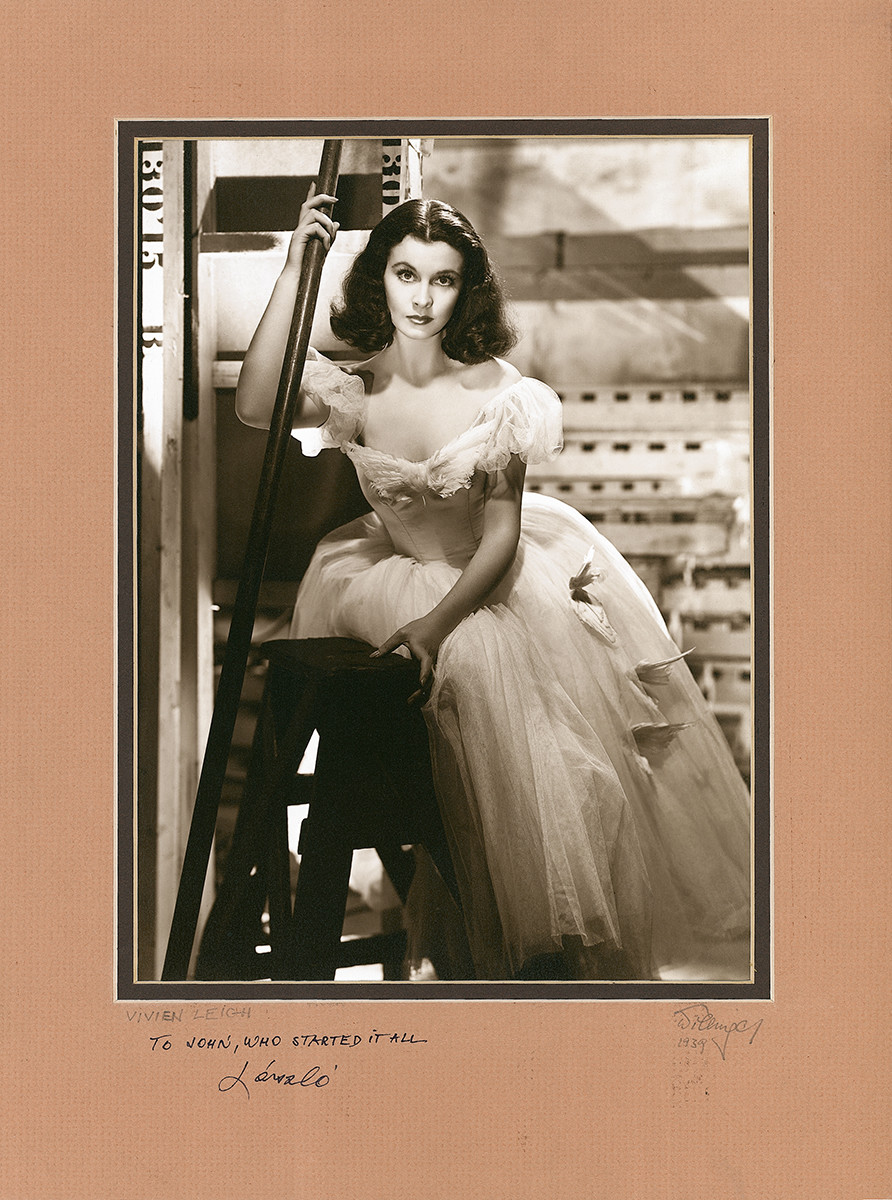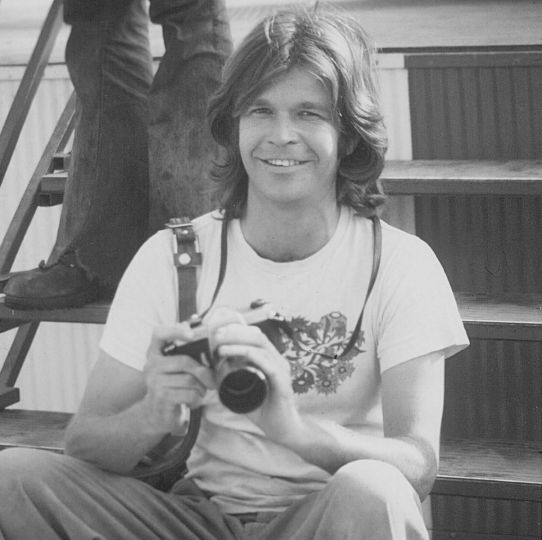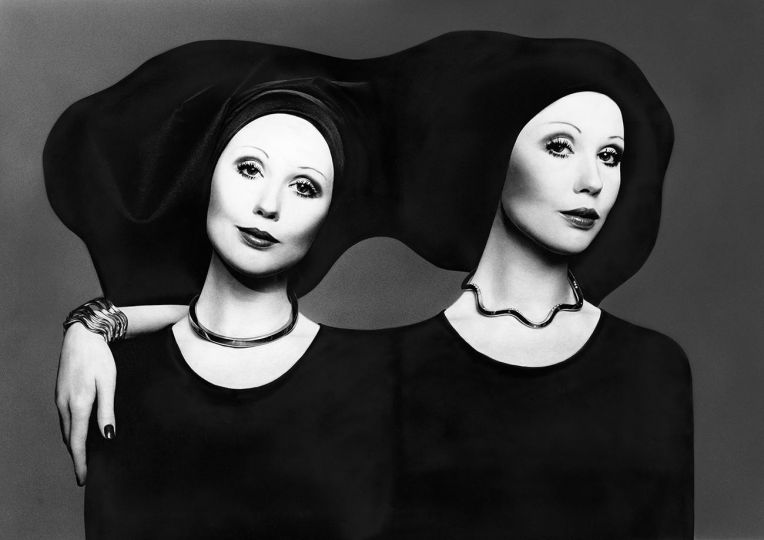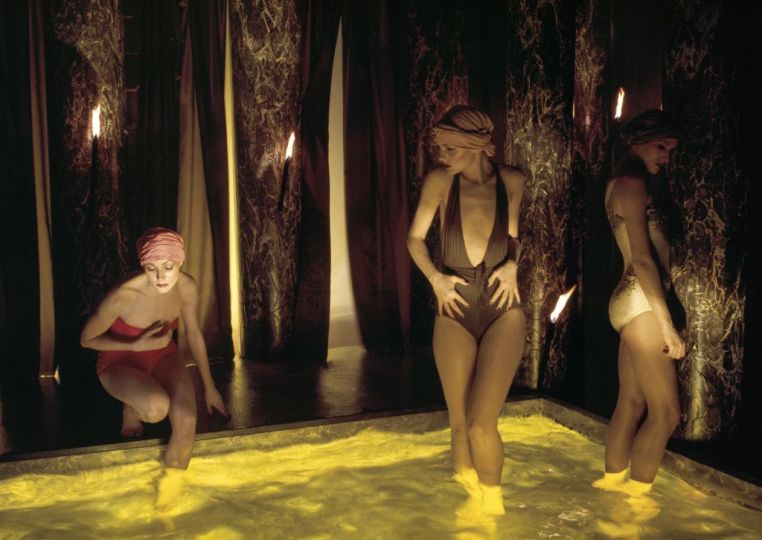The Kobal Collection ! The most sublime collection of photos from the great Hollywood studios of the last century.
The legend is that whenever John heard of a studio closing or selling in the sixties, he rented a flotilla of taxis to move and save the photographic archives.
The legend can only be true.
I knew John a little.
An extraordinary character, with a rare flamboyance, he was above all a fabulous storyteller.
Every lunch with him was a thousand films, each more beautiful than the next.
With gratitude to Simon Crocker thanks to whom, everything survived after John’s death!
Jean-Jacques Naudet
John Kobal in his New York apartment, 1986 © Abe Frajndlich
On March 3, the Hood Museum of Art, Dartmouth, will host the first of a series of annual lectures sponsored by the John Kobal Foundation. It will feature acclaimed Academy Award–winning film maker and film historian Kevin Brownlow in a virtual lecture held in conjunction with the exhibition Photographs from Hollywood’s Golden Era: The John Kobal Foundation Collection. This exhibition highlights the Hood Museum’s recent acquisition of one of the world’s most comprehensive collections of vintage Hollywood photographic prints and is on view from February 19 through May 21, 2022. The virtual lecture, “The Great Collector,” will take place from 12:30 to 1:30 pm EST (US & Canada) on Thursday, March 3, and shares the story of the almost accidental way John Kobal’s collection of film stills was formed and how it expanded to become one of the finest in private hands.
Visit the Hood Museum’s website – https://hoodmuseum.dartmouth.edu/ – for information about registration and the Zoom webinar link. Registration is required and only takes one minute. Click here to register.
John Kobal and his collection by Simon Crocker
Simon Crocker & John Kobal at the opening of The Hollywood Photographers exhibition at MOMA, New York, 1981
To coincide with this lecture at The Hood Museum, I have selected a few photographs that, one way or another, provoke particular memories of John and of my long working association with him as Managing Director and then Chair of The Kobal Collection from 1976 until his death in 1991. He was a dynamic ball of perpetual energy whose tidal waves of passion for movies and movie makers grabbed hold of you, sweeping you up along in his enthusiastic wake. Life with him was certainly never dull. In any list of the most memorable people in one’s life, he would be at the top of it.
Simon Crocker, Chair Emeritus, The John Kobal Foundation
www.johnkobal.org
Marlene Dietrich by ER Richee for The Shanghai Express, Paramount 1932
The first movie star that John actually met was Marlene Dietrich. She was doing a concert at the O’Keefe Center in Toronto, Canada in 1960. John, nineteen and tall and imposing for his age, grabbed her attention backstage and was invited by her to come to the after show party in a local nightclub. Marlene was obviously taken with this young man, who was so passionate and knew so much about her movies, that she sang Lili Marlene in German to him at a time when she still adamantly refused to speak any German at all. The night ended with him sleeping on the couch in the living room of her hotel suite surrounded by bouquets of flowers sent to her by adoring fans. This tale is superbly told by John in People Will Talk, his award winning book of conversations with movie people.
Ava Gardner by Davis Boulton for The Little Hut, MGM 1936
When I started working with John in 1976, his photo archive was still based in his apartment in South Kensington in London. One of my first tasks of the day was to play back any messages on the answer phone machine. His personal and professional calls often got mixed up and one morning I came in and there was an acrimonious message from an obviously inebriated Ava Gardner. It turned out that Ava was then living near him and they were on friendly terms and met up from time to time. But she was drinking heavily, and John couldn’t bear to see her like that. He wanted to remember her as she had been, the actress he had loved on the screen, and kept putting off seeing her which saddened him and aggravated her. Davis Boulton, a British photographer, captured Ava’s striking natural beauty perfectly and this was one of John’s favourite portraits of her.
(left)Veronica Lake by ER Richee, Paramount 1940
(right) Luise Rainer by Ted Allan, MGM 1937
John’s apartment in Drayton Gardens (opposite the famous, but now defunct, Paris Pullman cinema) was always a centre of activity and a place for movie waifs and strays to stay occasionally. One of these was Veronica Lake who came to stay and stayed and stayed until he had to diplomatically ease her out. He had adored her in Sullivan’s Travels but there was a limit. He told me that Gloria Grahame came to stay one night then too and he was woken up by an argument between the two movie stars as to whom would be remembered most. John had to calm them down, convince them that they’d both be remembered equally well and send them back to their rooms.
John was famous for giving lively parties. Well known actors, directors, writers, artists, fashion designers were always amongst his guests. Some of the movie people were known to creep down the long corridor of his apartment into his archive and checkout their photos in his files. The director Lindsay Anderson was one who, dissatisfied with the small selection he found in his file, sent a large package of photos the next day to be added to it. Luise Rainer had no need to check her file. As a winner of two Best Actress Oscars whom John admired, it was bulging. She lived in Belgrave Square in London and on several occasions attended his parties which was a compliment to John as she was not known to be a great partygoer.
Gloria Swanson by Karl Struss for Male & Female, Paramount 1919
In 1980, John was one of the stills consultants on the tv series Hollywood being made by Kevin Brownlow (who is giving the inaugural John Kobal lecture at the Hood Museum). Hollywood covered the history of the American film industry during the Silent era and Kevin restored many films that were finally able to be viewed as their makers intended. The richness of those early movies was breath taking and the many star interviewees, adroitly coaxed by Kevin, gave us the real story of those early movie making years shattering a number of myths and stories that had prevailed for so long. The task of seeking out stills for the series was a joy for John and a few stills he discovered were revelations that helped disprove some previously held early movie history facts. This particular print of Gloria Swanson by Karl Struss was actually a later print made by another leading Hollywood photographer, Ted Allan. When John was writing for Warhol’s Interview magazine, he, Warhol and the director Paul Morrissey had jointly interview Swanson who frustrated their attempts to discuss her movies as she was more interested in discussing holistic health foods.
Lilian Gish by Milton Brown for The Wind MGM 1927
One of the many joys of collecting photos is the discovery of a gem. This still from The Wind shot in 1927 is one of those. Whilst it superbly illustrates the scene in the movie, it is also an image so strong that it stands apart from the film – a beautifully composed but all too real image of desperation in an unravelling event.
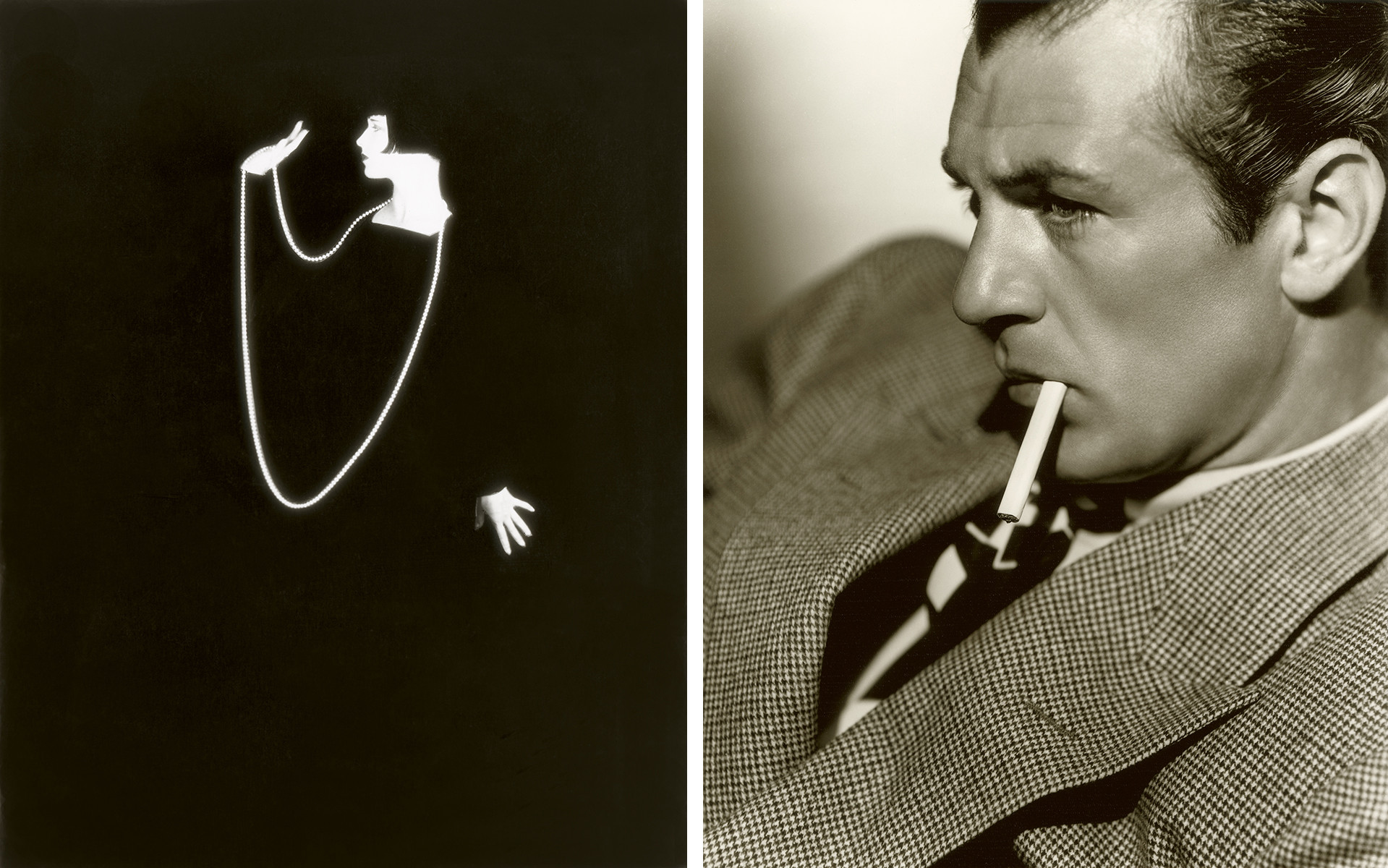
(right) Gary Cooper by CS Bull, MGM 1934
In the1960s and 1970s, John sometimes came across particular images that, at that time, had not had much exposure since they were first shot in the 1920s and 30s but which he subsequently made famous. ER Richee’s exquisite, almost ethereal, portrait of Louise Brooks sums up the roaring Twenties in one perfect image. It became a universally replicated image in books, magazines, posters, postcards and was even used as the centrepiece for the launch of a French perfume, Lulu – named after the character that Brooks played in Pabst’s Pandora’s Box (1929). John was filmed by the perfume company talking about this image as part of their advertising campaign.
The Gary Cooper portrait, a personal favourite, has a perpetually contemporary feel to it (though maybe without the cigarette now!) and perfectly captures and visually defines rugged, good looks. This image has also, since John put it out in the world, been reproduced many times in many ways including a wonderful campaign for Swan Vestas matches in the 1980s.
Greta Garbo by CS Bull for Inspiration, MGM 1931
In 1979, John sent me to Los Angeles to oversee the production of a portfolio of portraits of Greta Garbo by Clarence Sinclair Bull, the legendary long time (1924 – 1959) head of MGM’s Stills Gallery. Bull was in his early eighties then (and sadly died not long after) but very alert and focused on ensuring the prints that I was bringing daily for his approval met his rightfully exacting standards. He was a quiet man with a lovely smile and I could see why stars felt so comfortable with him. Working with him was a treat and listening to his fascinating stories of his time with many of the great stars of Hollywood’s Golden Era – including Garbo, Dietrich, Crawford, Gable and Cooper – was oral movie history at its best.
These outings for John were never always straight forward. Our partner in the project was Paul Morrissey, who, in its early years, had been in charge of all operations at the Andy Warhol studio, with the exception of the sales of artwork, and written and directed such art house/cult classics as Lonesome Cowboys (1968), Flesh (1968), Trash (1970) and Heat (1972). It turned out that I was to stay with Paul whom I’d never met.
Based on my skimpy knowledge of those films, I had a vision of being lodged in some sort of louche drug den but that couldn’t have been further from the truth. Paul was a neat, conservatively dressed man, very engaging, very anti-drugs and, most surprisingly, very Republican. We disagreed on politics but always politely. Also staying there at the same time was Nico, the ex-lead singer of The Velvet Underground whom Paul had added to the band to give them a little glamour. Sadly, she no longer looked like the Nico who had enthralled many of us in our youth. Drug use and the side effects of the methadone program to cure her had taken its toll. She was at Paul’s preparing to do a tour of US folk clubs playing harmonium and singing deeply depressing unmelodic songs that we had to endure. Paul tried to cajole her into performing some happier music but she embraced the gloom. But Paul was great company and I enjoyed his passion for classic Hollywood movies (which, he said, stopped in the 1960s when the hippies and lefties took over the business).
This Garbo photo reminds me of that time, shuffling between Clarence in the day and Paul and Nico at night, going between two very different worlds partly united by a love of stars like Garbo.
(left) Joan Crawford by George Hurrell,MGM 1930
(right) Greta Garbo by CS Bull for The Kiss, MGM 1929
Most of the publicity photos produced by the Hollywood Movie Studios from the mid 1920s until the late 1950s were shot on 10×8 cameras. The negatives were then skillfully hand retouched so that thousands of perfect 10×8 prints could be run off each negative for promotional distribution round the world. John was always interested to see the natural face behind the retouching. So, he had the retouching expertly removed from this Hurrell portrait of Joan Crawford so we can see her freckled face (she had red hair too).
Freckles were not acceptable for Hollywood movies then and all the negatives of her portraits show a mass of retouching to remove them. The Garbo image was given to John by Bull. It was an image that Bull had held back after the session so the negative was never retouched. Both stars look equally wonderful au natural.
(left) Eleanor Powell for Born To Dance, MGM 1936
(right) Ginger Rogers and Fred Astaire by John Miehle for Swing Time, RKO 1936
John adored Hollywood musicals. His best-selling book, Gotta Sing, Gotta Dance, was the first real history of Hollywood Musicals. In the 1960s, he also introduced them to the audiences of the National Film Theatre in London. Some film purists thought this was a sacrilege and letters were sent to newspapers in protest. But the season was a huge hit, with people sitting in the aisles. The purists had to accept the fact that Hollywood Musicals were an important part of movie history and it was alright for films to be enjoyed solely as glorious entertainment.
(left) Jane Russell by George Hurrell for The Outlaw, RKO 1941
(centre) Jane Russell & John Kobal on set MGM-UA Video’s Screen Dreams – The Hollywood PinUp by Ed Caraeff 1982
(right) John Kobal with director Bruce Martin & executive producer Simon Crocker on set.
In 1980, we did a book of classic Hollywood pin up photos called Screen Dreams:The Hollywood PinUp. Our US publisher had a deal with MGM-UA Home Video to make some programs from their books for release on VHS. Our book was one of them. We had open access to the MGM archive (then at Culver City). John wrote it and conducted all the interviews, Bruce Martin was the director and I was the Executive Producer.
The documentary featured Mamie Van Doren, Tab Hunter, Buster Crabbe, Dorothy Lamour, Pia Zadora (the most pinned up star of that time) but the icing on the cake was Jane Russell who was not only an interviewee but also hosted the film. All of them had a tale to tell about the rigours and, at times, the indignity of being perceived as mere pinups. Jane was different. Though it was a pinup – the notorious portrait taken to promote The Outlaw – that launched her career, she soon went on to became a bona fide movie star. She was a warm hearted, charming and funny woman amazed to find that we were all so young and continuously sending out for food for us during the shoot as she felt we looked undernourished. She loved John, particularly because he could recall her films better than she could. The Oscars were being held whilst we were In Los Angeles and Jane was asked to present one that year. She had us all for drinks at her hotel suite before she set off. At one point, she called me into her bedroom so I could zip her up into her slinky dress. When I recounted this to my father (a huge Russell fan), he went from being sceptical about what I did, to saying he now saw there might just be something in my career choice.
Betty Grable by Frank Powlony 20th Century Fox 1943
I interviewed the photographer Frank Powolny for Screen Dreams. He had taken two of the most iconic, in demand pinup photos of WWII. This one of Betty Grable, signed to me by Frank, and an accidentally notorious one of Carmen Miranda. He was a quiet modest man but, once encouraged, gave an insightful interview telling me how much luck had played a part in creating these iconic photographs. The session with Grable was over but Frank wanted something more spontaneous so as she was walking away from him, he called out to her. As she turned, he took this shot. It may have been lucky but, of course, you need to have a keen eye and real skill and experience to recognise that lucky moment and snap it.
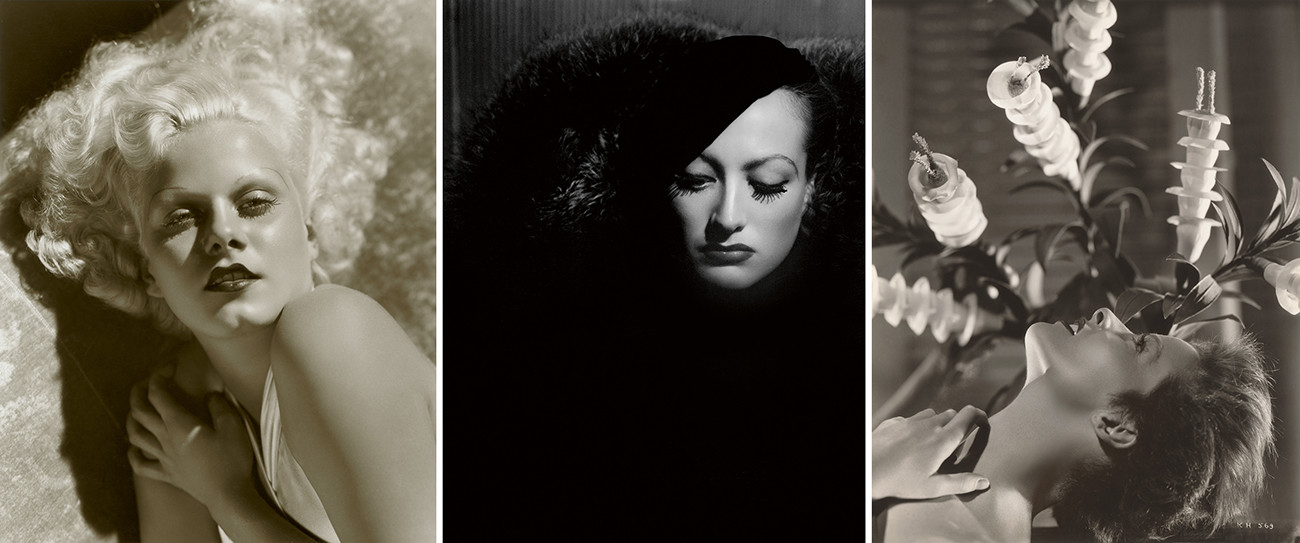
(centre) Joan Crawford by George Hurrell, MGM 1935
(right) Katharine Hepburn by Ernest Bachrach RKO 1936
John loved the female stars the most. Harlow he never met as she died so young. Crawford, for him, THE female star, he interviewed for the BBC in the 1960s (part of which is featured in his book People Will Talk). The taped interview was really a conversation that went on for nearly two hours and we hear, amongst other things, that Crawford was in complete awe of Garbo whom she only met once – on a staircase during the filming of Grand Hotel! Hepburn was very helpful to John on his book The Art of The Hollywood Portrait Photographers (Knopf 1980) recognising how important the portraits by RKO’s head stills photographer, Ernest Bachrach, had been to her career.
Mae West by ER Richee, Paramount 1932
Mae was box office gold for Paramount in the 1930s. John loved her wit and feistiness and admired the fact she not only wrote her own films but controlled them in a way that was unusual at the time especially for a woman. Later in his life, he wrote the book for a musical about Mae and even got interest from Bette Midler’s management for her to play Mae. She would have been perfect for the part and if John had lived this could well have happened.
Vivien Leigh by Laszlo Willinger for Waterloo Road, MGM 1940
Signed by Laszlo “To John Who Started It All”
John devoted a large part of his life, through his numerous books and exhibitions, promoting the work of the Hollywood Photographers. Over the years, he worked closely with Clarence Sinclair Bull, George Hurrell, Laszlo Willinger, Ted Allan, William Walliing, Bob Coburn, John Engstead and others. I knew Laszlo and Ted particularly well and they were always worried about John spending his own money promoting their work which they were not sure people were interested in anymore. But they were delighted to be proved wrong by the spotlight on their work through his books and the MOMA exhibition in 1980, and those after it, which were critically acclaimed and squarely helped put them amongst the major contributors to 20th Century photographic portraiture. This photo, signed by Laszlo, shows their appreciation.
Simon Crocker

